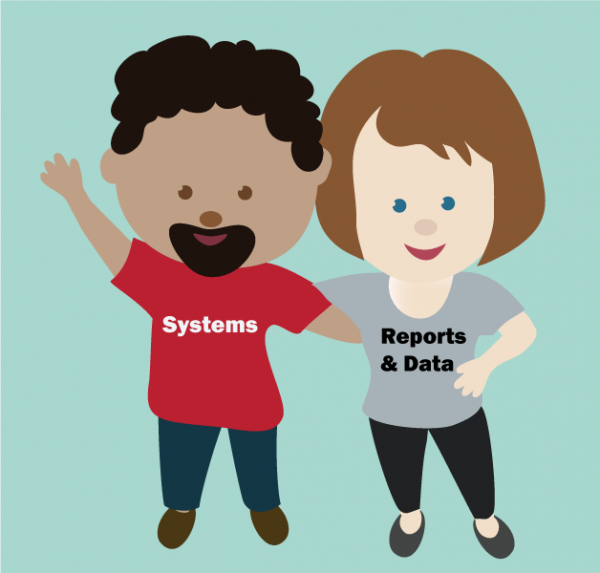Tableau Year 3 - Workday, Meet Tableau

What is your Tableau success story?
Optimizing Workday
"Tableau does a great job supplementing reports not available in Workday."
Time savings
"Creation of several reports to save stakeholders time that had been spent compiling several different data points from Workday that can now be done in one automated report."
Collaboration
"Our faculty dashboards in Tableau have been widely used across campus and all our PeopleSoft historical reports are now in Tableau for the HR community to use."
Streamlining operations
"The Department of Internal Audit had an extensive process established prior to Workday to analyze data using an Audit Tool called ACL. With the transition Workday, we had to determine how best to transition defined recurring analysis we had built using PeopleSoft data sources. Hundreds of hours went into building out or ACL solution. We were able to transition key analysis in a fraction of the time using Tableau (using pre-built data sources or established connections to the RAE)."
If you have additional questions about the Tableau service, please contact Jimmy Anthony and Maureen Henry.
